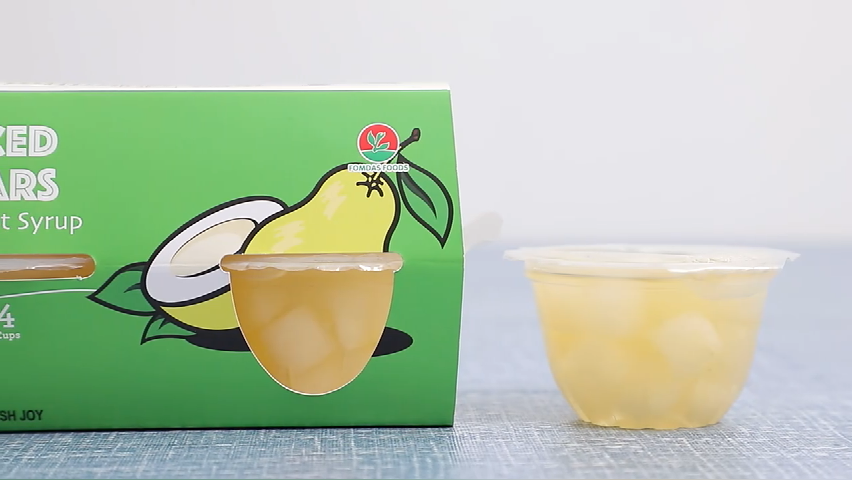At present, cotton is in a period of topping, and part of the top is over. Some cotton is in the flowering and ringing stage, and the output is now the focus of management. First of all, it is necessary to do a good job after topping, followed by water and fertilizer management.
After topping, when the first fruit branch is stretched to 5-7 cm, it is controlled once with dildoamine, and the amount of mu is 5-7 grams to control the elongation of the middle and upper section and the fruit branches to prevent the growth of the cotton plant and promote the upper part. Cotton bud early flowering and ringing, after 5-7 days to see the growth of cotton, if the cotton is more prosperous, then spray the contraction of about 10 grams of mu ramification amine to seal the top of the collateral, promote the formation of cap top peach.
Rational water and fertilizer operations, the normal cotton field has been dripping 3-4 times, sandy loam and Gobi land has been dripping 6-8 times, after the individual fields topping on the basis of satisfying irrigation and reasonable fertilization, the lateral branches will be excessively elongated, making the cotton Strong vegetative growth, some cotton fields will be too closed, resulting in the late growth of boll disease, affecting yield and quality, to do a good job of anti-corruption late, the amount of dripping must be controlled, especially Wang Changtian should control the amount of dripping or push After dripping water, generally, the amount of dripping per acre of flowers and bolls is 25-30 square meters, and the latter is reduced to 20-25 squares. Drip irrigation cotton field with water droplets, do two light, middle weight, flower and boll stage drops of 2-3 times high phosphorus and potassium fertilizer for drip irrigation, the total amount of drip in the whole growth period is controlled within 35-40 kg. For vegetative growth in excessively prosperous cotton fields, appropriately control the amount of irrigation and the amount of nitrogen fertilizer to increase phosphorus and potassium fertilizers.
Conventional flooded cotton fields have been filled with water for 2-3 times, and a total of 5-6 times of water has been sprayed during the whole growth period. Generally, water is stopped on August 20. After the first water ditching fertilizer, Mu recovery 7-8 kilograms of urea, before the second water chase 15 kilograms, before the Mizugo chase 7-8 kilograms, the current management focus should be based on the growth of cotton do a good job irrigation fertilizer, do not premature aging Cotton plants grow steadily.
Disease and pest control: flowering and boll season is the occurrence of diseases and insect pests such as cotton aphid, cotton red spider strain, and cotton brown wilt disease. Unfavorable control will cause a lot of buds and flowers to fall off, affecting the quality and yield of bolls and cotton.
1. For the cotton leaf mink must be controlled in the spot when it should take prompt measures to spot the pick governance, available acaricide spray. For environmental protection, there are foliar sprays such as avermectin or nisoland and dicofol (mixed together) or 73% ketal EC and dicofol mixed to prevent and control. Silk waist requirements. It is necessary to carry out centralized control of red spiders on the corn trapping belt at Tanabe.
2. For cotton aphid should be spotted to prevent spotting, the pesticide used are imidacloprid and acetamiprid and other special insecticides, but most fields have been used several times to prevent drug resistance, if the current cotton field In the case of cotton aphid, the use of endosulfan 80-100 grams per acre can be used to prevent and control the cotton bollworm.
3. If the sporadic single plant in the cotton is wilting disease, it should be promptly removed and brought out of the field to be burned. If the spotting occurs or heavier, it should be controlled with the water droplets, and the amount of mu is about 600 grams.
Canned Bartlett Pears and Canned Snow Pears, peeled and pitted pears, In Light Syrup and Fruit Juice. You can decide the outside container size and material, such as A10 metal can, 20oz PET jar and 4oz plastic cups.

All the fresh pears are purchased from approved suppliers, who have passed the complete and strict assessment of Fomdas qualified supplier assessment system. Before putting into production of Canned Pears, we test pesticdies and heavy metal residual to make sure the raw materials are clean and safe.
Fomdas Canning Fresh Pears are sweet and healthy with typical good smell of mature pear. With shelf-stable Organic Canned Pears, you can have good taste of fresh pears anywhere and anytime.
Canned Pear,Canning Fresh Pears,Canned Pears In Juice,Canning Pears In Light Syrup
ZHEJIANG FOMDAS FOODS CO., LTD. , https://www.fomdasfoods.com